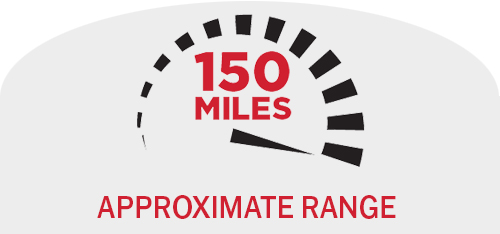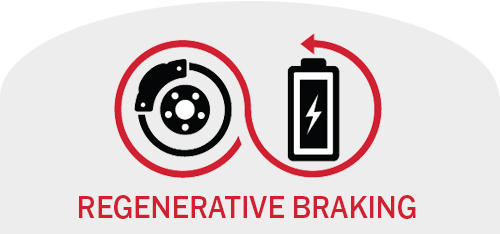NOW CHARGING
VIA’s commitment to cleaner, greener transit options for San Antonio took a giant step in that direction with the unveiling of eight electric buses. The addition of the 40-foot Gillig buses expands VIA’s sustainable vehicle profile that includes nearly 500 buses fueled by compressed natural gas (CNG) at one of North America’s largest CNG fueling station, run by VIA.





